Have you visited Edo? What about Lutetia? Even if you haven’t heard of these names, there’s a good chance you might have stepped foot in these cities. While a name is perhaps the most obvious marker of a city’s identity, not all cities stick to their original monikers. Go back in time and discover what people from the past used to call eight major cities — and how they got the names we know them by today.
Edo – Tokyo, Japan

Tokyo, the heart of Japan and most populous city in the world, was first settled around 3000 BCE as a sleepy fishing village called Edo. Set on a sheltered bay, the village was a collection of humble homes made from bamboo and paper, and was originally named after the residents of the Kanto region, the Edo clan.
Peaceful Edo was thrust into the spotlight when the Tokugawa dynasty of shoguns made it their capital in 1603, and over the next few centuries it grew into a powerful urban center. The Meiji Restoration in 1868 brought further upheaval to the city when the Tokugawa shoguns were usurped and the Japanese Emperor was returned to power. The seat of the throne transferred from Kyoto to Edo, which was renamed “Tokyo,” meaning “Eastern Capital.”
Lutetia – Paris, France
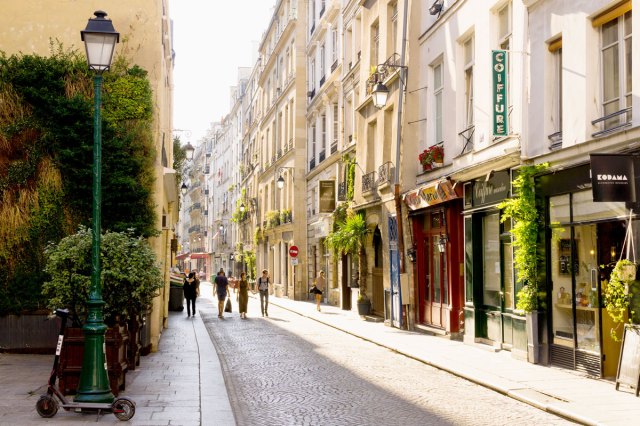
From the “Romance Capital of the World” to the “City of Light,” Paris is known by many nicknames. But in Roman times, the actual name of the French capital was called Lutetia, a less-romantic Celtic name that roughly translated to “place near a swamp.” The area was originally settled by the Parisii tribe in the third millennium BCE.
When Julius Caesar took over Lutetia in 52 BCE, he transformed it into a Roman town complete with baths, an arena, and aqueducts (the ruins of which can still be seen in the city’s Latin Quarter). The city was renamed “Paris” after those original Celtic inhabitants, in the fourth century, after the fall of the Western Roman Empire.
Trimount – Boston, Massachusetts
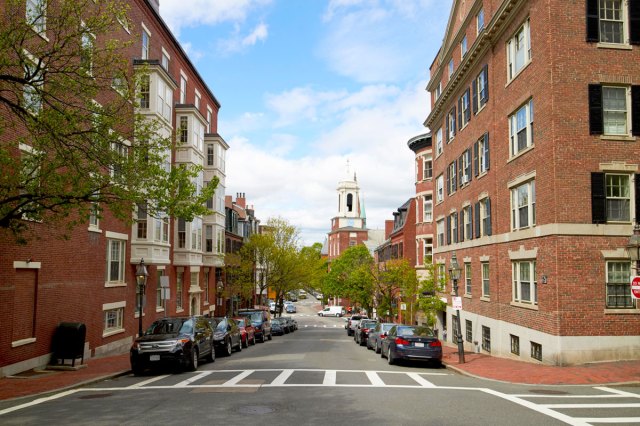
When colonists from Europe first arrived in what is now Boston, Massachusetts, in 1630, they called this area Tremontaine or Trimount, after the hill with three peaks that originally dominated the peninsula on Massachusetts Bay. These hills were Mt. Vernon, Beacon Hill, and Pemberton Hill.
The city was officially renamed Boston (after the town of Boston in England) after a 1630 vote amongst the settlers. Not only did the old name disappear, so too did the hills: a massive land reclamation project in the 19th century meant that Boston’s three peaks were quarried away. Now, all that’s left of the undulating peninsula is the slightly elevated Beacon Hill neighborhood, plus streets named Mt. Vernon and Tremont.
Batavia – Jakarta, Indonesia
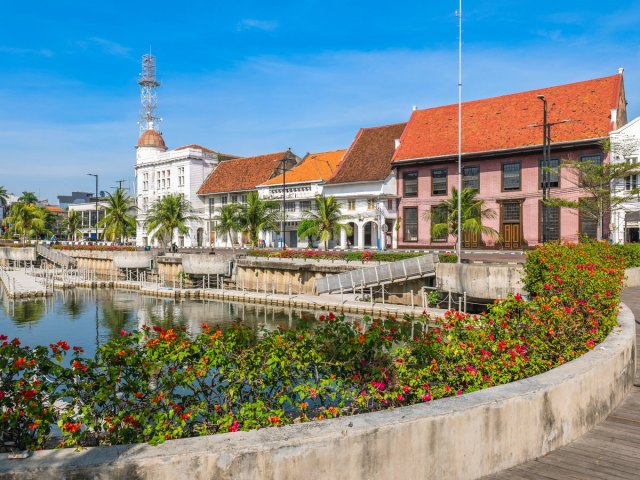
The capital of Indonesia, Jakarta, has seen its fair share of folks fighting for naming privileges. The story begins in 1527, when the Sultan of Bantam (a nearby province) defeated Portuguese colonists at the mouth of the Ciliwung River. To celebrate his victory, he named the area Jayakarta, meaning “victorious deed.”
A century later, spice profiteers from the Dutch East India Company captured the city and established a trading post at this strategic location, calling it Batavia after a Germanic tribe then believed to be the ancestors of the Dutch people. The Netherlands grew rich from this colony, and the city remained under Dutch control until 1949, when Indonesia gained independence. Jakarta then became the city’s recognized name.
York – Toronto, Canada
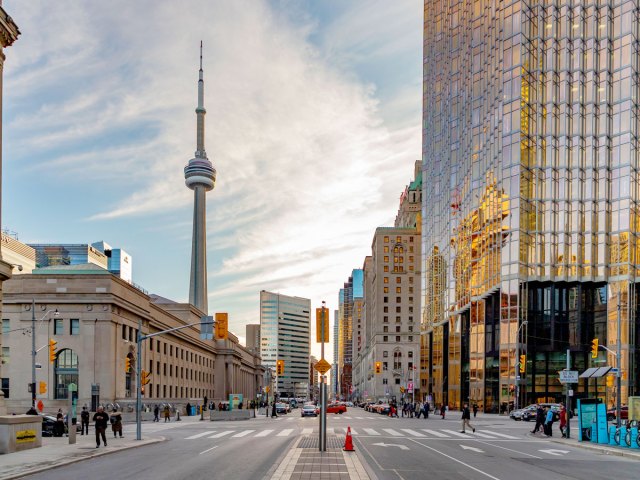
The city of Toronto was established by British general John Graves Simcoe in 1793, who thought the harborside location would be easy to defend from potential marauding Americans. Simcoe was known to dislike the area’s First Nations name, Tkaronto, a Mohawk word meaning “where there are trees standing in water.”
His superior, Lord Dorchester, proposed the settlement be named after himself, but Simcoe didn’t think much of him, either. So, Simcoe called his new town York in honor of the Duke of York. But Simcoe’s choice didn’t last long. When the city was incorporated in 1834, the government opted to christen it Toronto, a variation of the original Mohawk name, as it had a “musical sound.”
Kristiania – Oslo, Norway
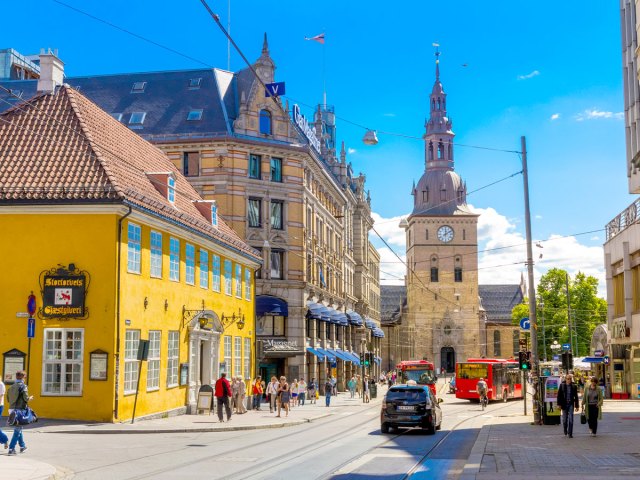
Norway’s twinkling capital in the fjords, Oslo, is centered around one major landmark: the Akershus Fortress. This old castle was built by King Haakon V in the 14th century. However, in 1624, a massive fire destroyed swathes of the city. The reigning King of Norway, Christian IV, decided that the city would be rebuilt below the walls of the Akershus, and took the opportunity to name the construction project after himself — thus, Oslo (which translates to “the meadow beneath the hill”) became “Christiania.”
In 1877, the spelling was changed to “Kristiania” to make it more appropriate for the Norwegian language, but the city’s residents were slow on the uptake. After Norway became fully independent of Sweden in 1905, the city’s old name was increasingly used to bolster national pride, and became its official moniker in 1925.
Salisbury – Harare, Zimbabwe
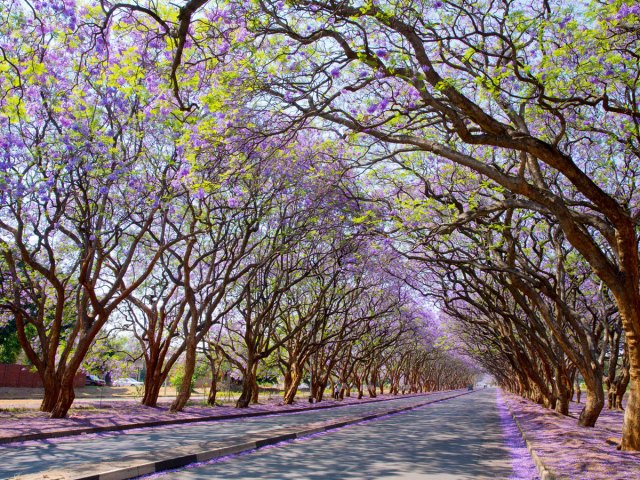
In Harare, Zimbabwe, the ruins of ancient African civilizations rub shoulders with towering skyscrapers. When colonists from Britain led by Cecil Rhodes first founded a settlement here in 1890, they called it “Fort Salisbury” — not after the English cathedral city near Stonehenge, but for the Prime Minister at the time, who also happened to be the Marquess of Salisbury.
The military settlement ultimately became the capital of the Rhodesia colony until, in 1980, Zimbabwe won its independence from Britain. On the independent nation’s second anniversary, they renamed their growing capital to “Harare” — a powerful name, honoring a 19th-century Shona chief.
Yerba Buena – San Francisco, California
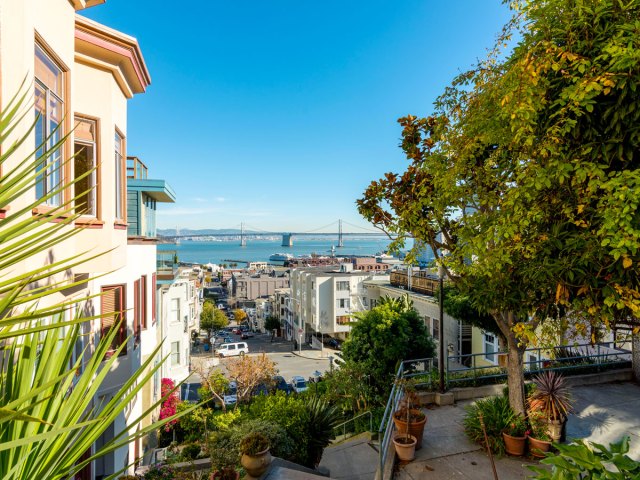
Many of California’s place names are a reminder of the West Coast’s Mexican past, with Los Angeles, San Diego, and San Francisco all deriving from the Spanish language. But did you know that San Francisco is not the Golden Gate City’s original name? This bayside settlement was first called Yerba Buena (“good herb”) by Mexican pioneers in the 18th century, named so for a fragrant herb of the same name that grew in abundance there.
After the U.S. took possession of the city in the Mexican-American War, the city was renamed San Francisco in 1847, because a mission dedicated to St. Francis was one of the first buildings by the bay. Now, all that remains of Yerba Buena is a city district famous for its food, art, and excellent museums.
More from our network
Daily Passport is part of Optimism, which publishes content that uplifts, informs, and inspires.























